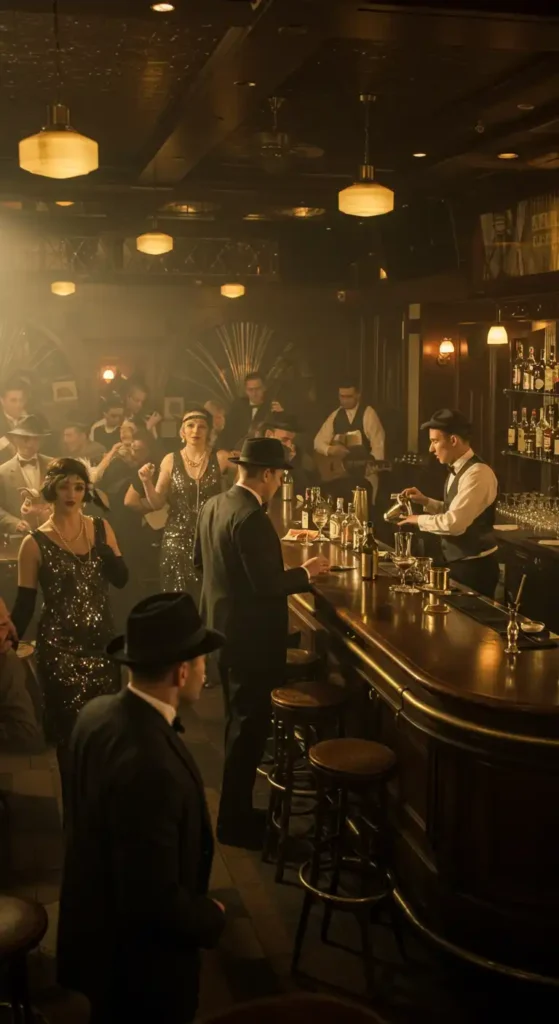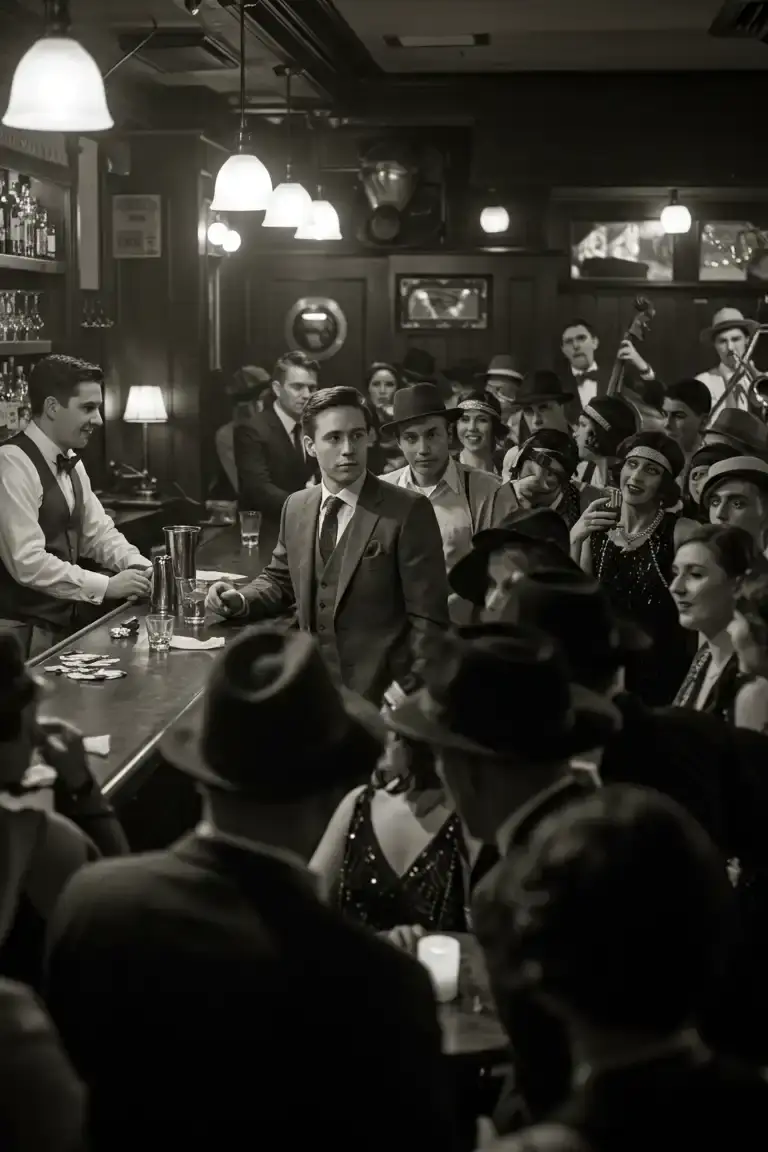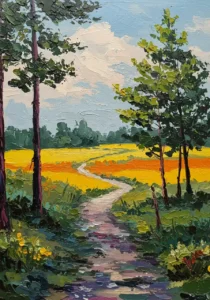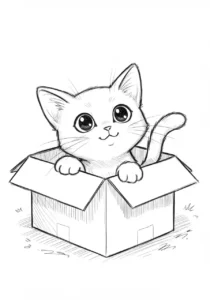The Prohibition Era, spanning from 1920 to 1933, was one of the most transformative and tumultuous periods in American history. Enacted through the 18th Amendment and the Volstead Act, this nationwide ban on the production, transportation, and sale of alcoholic beverages sought to curb societal issues such as drunkenness, crime, and poverty. However, instead of creating a utopia of sobriety, Prohibition gave rise to a thriving underground culture of speakeasies, bootlegging, and organized crime. This era reshaped American society, leaving an indelible mark on the nation’s cultural and legal landscape.
The Birth of Prohibition
The movement for Prohibition was largely driven by temperance activists and religious groups who believed that alcohol was the root cause of many social evils. Organizations like the Anti-Saloon League and the Women’s Christian Temperance Union campaigned tirelessly for years to outlaw alcohol. Their efforts culminated in the ratification of the 18th Amendment in 1919, which prohibited the manufacture, sale, and transportation of alcoholic beverages.
While the intentions behind Prohibition were noble, the law was met with widespread resistance. Americans who had enjoyed alcohol as part of their daily lives were unwilling to give it up entirely. This resistance gave birth to a booming black market for alcohol, fueling a new underground economy.

The Rise of Speakeasies
When alcohol became illegal, Americans found creative ways to continue enjoying their favorite drinks. Enter the speakeasy—an illicit establishment where patrons could drink in secret. These hidden bars were often tucked away in basements, backrooms, or behind unmarked doors that required a password for entry.
Speakeasies quickly became cultural hotspots, offering not only alcohol but also music, dancing, and a sense of rebellion against authority. Jazz music flourished during this time, earning it the nickname “The Jazz Age.” Legendary performers like Duke Ellington and Louis Armstrong became regular fixtures in these clandestine venues, blending the thrill of forbidden drinking with the excitement of live entertainment.
The allure of speakeasies attracted people from all walks of life, from working-class citizens to wealthy elites. The exclusivity and secrecy surrounding these establishments only added to their appeal, making them an integral part of 1920s nightlife.
Bootlegging: The Backbone of the Underground Economy
The demand for alcohol during Prohibition created a lucrative opportunity for bootleggers—those who illegally manufactured, transported, and sold alcohol. Bootleggers smuggled liquor across borders, brewed beer in hidden breweries, and distilled moonshine in secluded areas. Some even resorted to dangerous methods, using industrial alcohol meant for cleaning or fuel and re-distilling it for consumption, often with deadly results.
One of the most infamous methods of smuggling involved “rum-running,” where bootleggers transported alcohol by sea, often from Canada or the Caribbean. These daring operations required speedboats to outrun law enforcement vessels, adding an element of danger and excitement to the trade.
Bootlegging wasn’t just a small-time operation; it became a massive industry that enriched criminals and corrupted public officials. Law enforcement struggled to keep up with the sheer scale of illegal activity, and many officers were bribed to look the other way.
The Gangsters Who Ruled the Era
The Prohibition Era saw the rise of powerful gangsters who built criminal empires by capitalizing on America’s thirst for alcohol. Figures like Al Capone in Chicago, Lucky Luciano in New York, and George Remus in Cincinnati became household names due to their notoriety and influence.
Al Capone, perhaps the most infamous gangster of them all, controlled Chicago’s illegal alcohol trade through a combination of bribery, intimidation, and violence. Known as “Scarface,” Capone amassed immense wealth during Prohibition, reportedly earning over $100 million annually at the height of his power. However, his reign came to an end in 1931 when he was convicted—not for bootlegging or murder—but for tax evasion.
Organized crime syndicates thrived during this time, using their profits from bootlegging to expand into other illegal activities such as gambling, prostitution, and drug trafficking. The gangsters’ lavish lifestyles and ruthless tactics captured the public’s imagination, turning them into both villains and antiheroes in American folklore.
The Downfall of Prohibition
Despite its initial intentions, Prohibition ultimately proved to be a failure. The law was widely ignored, and its enforcement was inconsistent at best. Instead of reducing crime and improving public morals, Prohibition led to an increase in organized crime and corruption.
The Great Depression further weakened support for Prohibition as Americans began to view its repeal as a way to stimulate the economy and create jobs. In 1933, the 21st Amendment was ratified, repealing the 18th Amendment and bringing an end to Prohibition. Legalizing alcohol once again allowed the government to regulate its production and collect taxes on its sale, providing much-needed revenue during a time of economic hardship.
FAQs
1. What was a speakeasy?
A speakeasy was a secret bar or nightclub that operated illegally during Prohibition. These establishments served alcohol despite its ban and often required a password or secret knock for entry.
2. Why did organized crime increase during Prohibition?
Organized crime increased during Prohibition because the ban on alcohol created a lucrative black market. Gangsters capitalized on this demand by smuggling and selling illegal liquor, using violence and corruption to maintain control over their territories.
3. How did Prohibition impact American culture?
Prohibition had a significant impact on American culture by fostering an underground nightlife scene centered around speakeasies and jazz music. It also popularized figures like Al Capone and contributed to the glamorization of gangsters in popular media.
4. Why was Prohibition repealed?
Prohibition was repealed because it failed to achieve its goals of reducing crime and improving public morals. Instead, it led to widespread lawbreaking and organized crime. The economic pressures of the Great Depression also played a role in its repeal, as legalizing alcohol provided jobs and tax revenue.
5. What lessons can be learned from the Prohibition Era?
The Prohibition Era teaches us that outright bans on widely desired goods or activities can have unintended consequences, such as creating black markets and fostering criminal enterprises. Effective regulation and education may be more successful approaches than prohibition in addressing societal issues.
Conclusion
The Prohibition Era was a complex chapter in American history that revealed both the strengths and weaknesses of legislative reform efforts. While it aimed to improve society by eliminating alcohol-related problems, it inadvertently gave rise to speakeasies, bootlegging, and organized crime. Today, this era serves as a cautionary tale about the challenges of enforcing moral legislation in a diverse and dynamic society. Despite its failures, the Prohibition Era left an enduring legacy that continues to fascinate historians and cultural enthusiasts alike.



